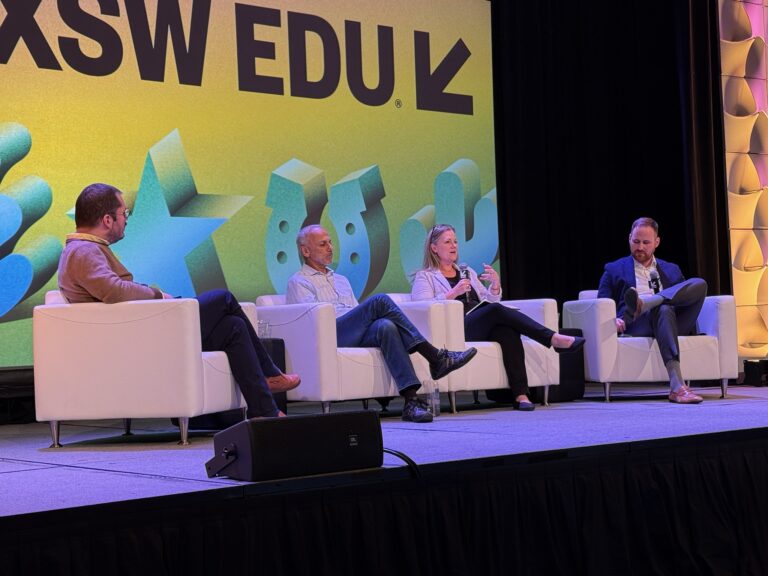Last week, my son turned 13. As soon as he did, he (and I) began to receive notifications from digital platforms, encouraging him to take control of his accounts now that he’s no longer under the jurisdiction (or protection) of the Children’s Online Privacy Protection Act (COPPA).
But is 13 the right age to put children in the digital driver’s seat?
May is mental health awareness month, and hardly a day goes by without hearing stories like this one from Learning.com CEO Lisa O’Masta who is doing critically important work in this area.
It’s an issue that’s top of mind not just personally – but professionally – with Congress considering two bills that would impact kids online, including an update to COPPA (known colloquially as COPPA 2.0) that would expand the reach of the bill to teens 16 and younger.
The new legislation would require websites to follow the COPPA rules if they have reasonable knowledge that minors use the platform, a shift from the current rule which requires “actual knowledge.”
The second bill under consideration, the Kids Online Safety Act (KOSA), applies to those 16 and younger, and would require platforms to (by default) use the strictest option for privacy settings for minors, among other limitations. KOSA takes many of its ideas from the age appropriate design code passed in the U.K.
These federal bills join a patchwork of state legislation: Maryland recently passed its own age appropriate design code bill, signed by Gov. Wes Moore yesterday.
The bills are moving at the same time as just about everyone seems to be reading Jonathan Haidt’s new book, The Anxious Generation. In it, Haidt argues that we’ve worked hard (maybe too hard) to protect kids in the real world – while leaving them under-protected in the virtual world.
Rarely do big tech and digital privacy hawks end up on the same side, but they are in agreement in opposition to the two bills. In the meantime, I – and parents all over the country – are left wondering how, as Lisa puts it, to best equip our children to “live safely in the world of technology.”
This article is sourced from the opening letter of Whiteboard Notes, our weekly newsletter of the latest education policy and industry news read by thousands of education leaders, investors, grantmakers, and entrepreneurs. Subscribe here.




